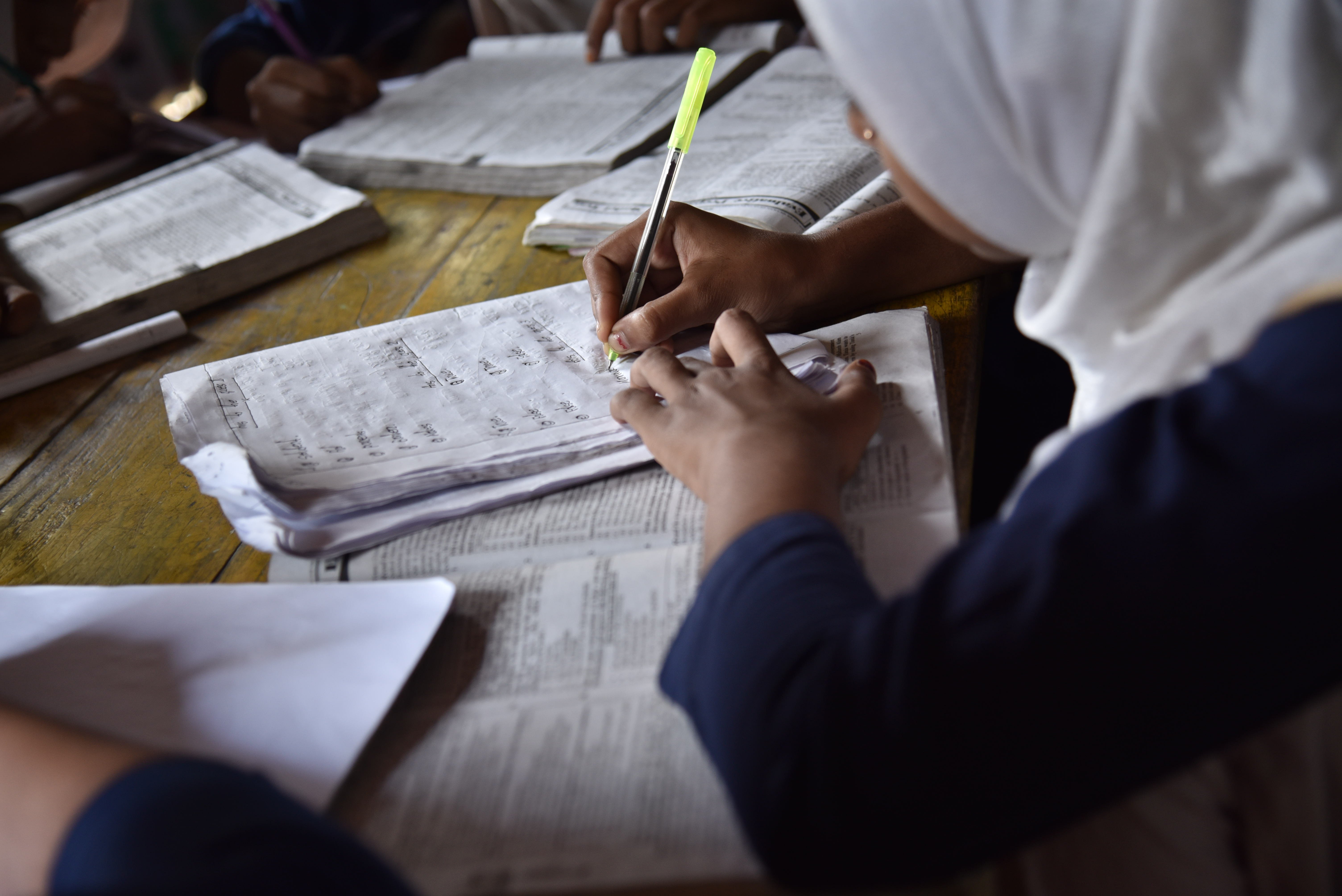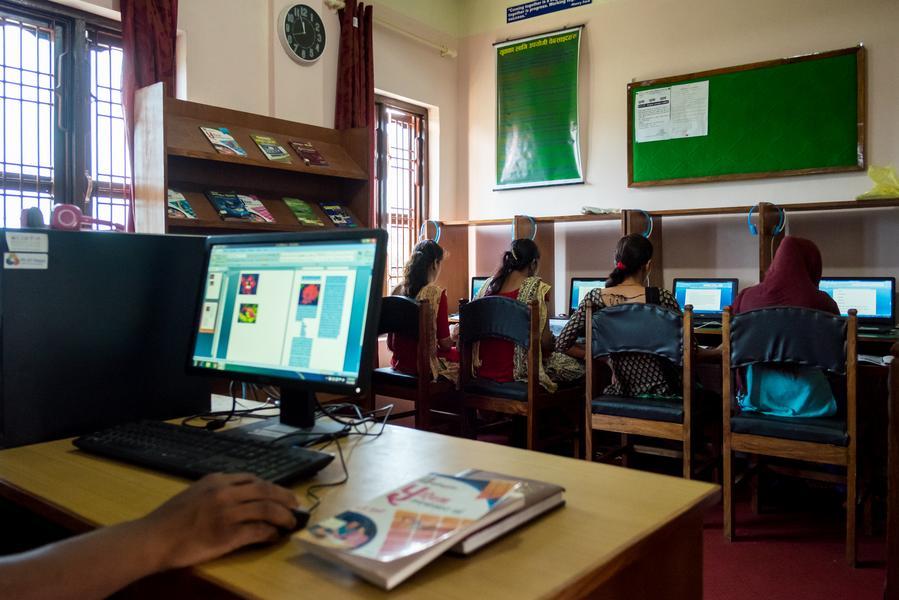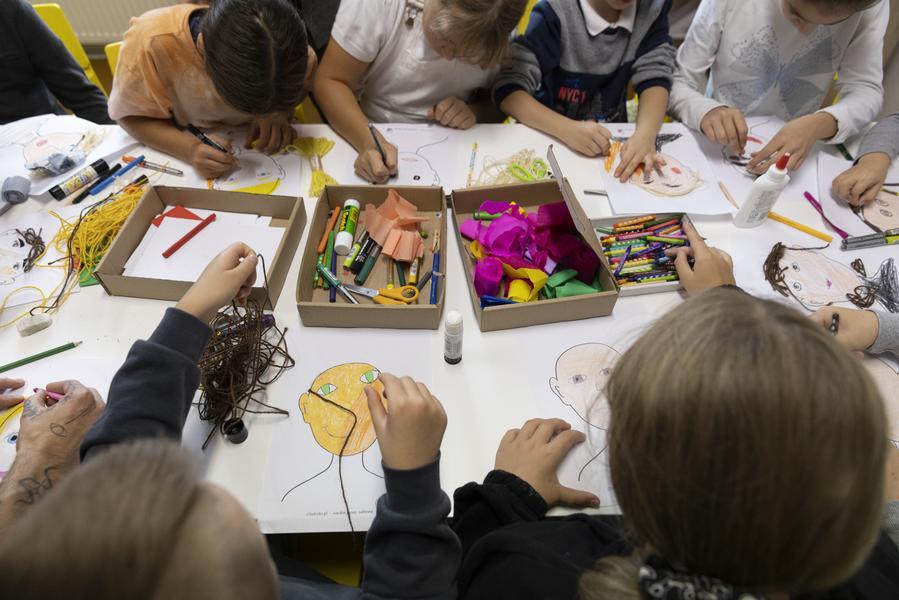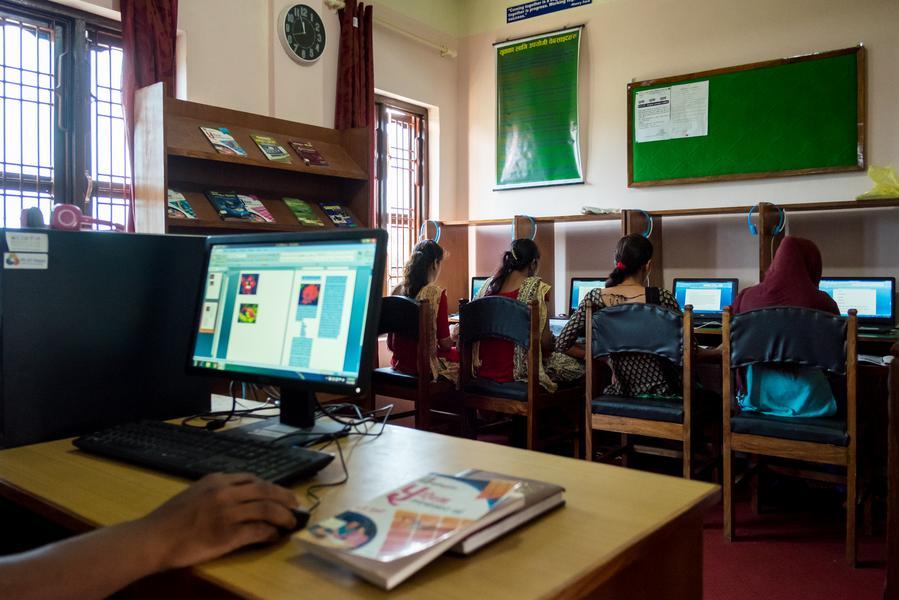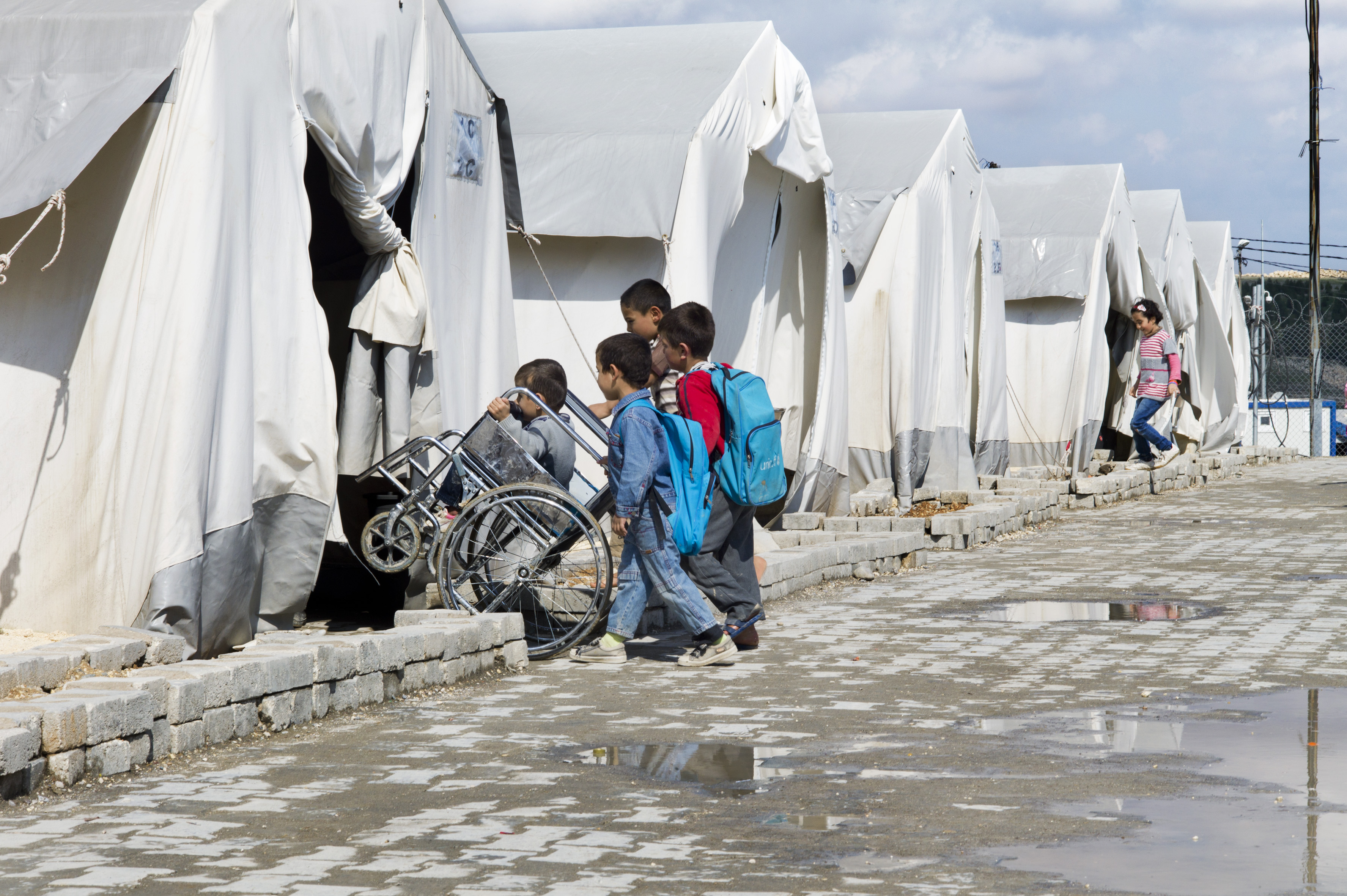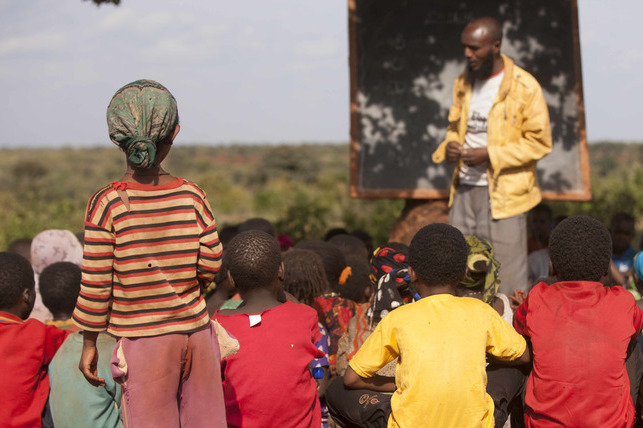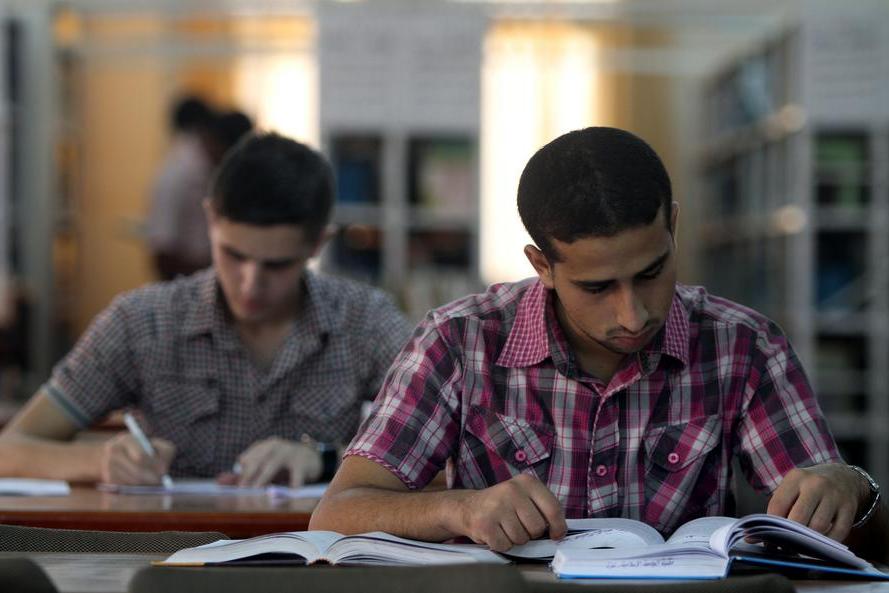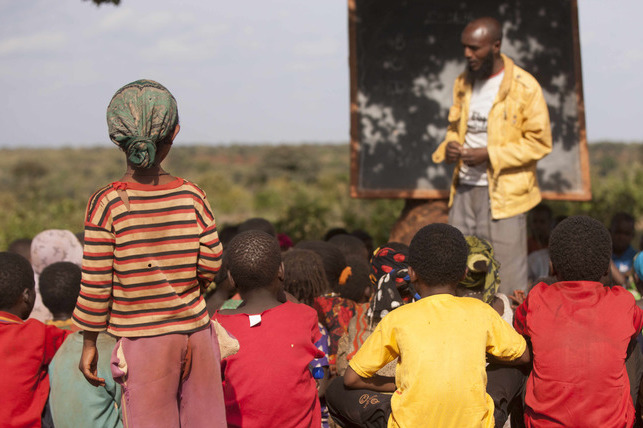Context and Problem
In Brazil, when this initiative was being taken, there was a severe disparity in education access between urban and rural areas in Amazonas, the largest and one of the most remote states in the country. The region is covered by a vast rainforest region, where traveling between communities often takes days or weeks by boat, which leads to many children not having access to secondary education. Before the launch of this program, only 39% of school-age children were enrolled in secondary education in Amazonas, compared to 69% nationwide. Furthermore, high dropout rates, low progression rates, and teacher shortages further make these challenges problematic.
Solution
The Media Center utilized an innovative, technology-driven approach to deliver high-quality education to remote communities across Amazonas. The solutions were multifaceted. First, distance learning with bidirectional interactivity, where lessons are broadcast live from a studio in Manaus to classrooms in over 6,000 remote communities via satellite television, and a bidirectional system allows students to interact with lecturing teachers during live sessions. Second, a two-teacher model was utilized, which involved subject specialists conducting lessons from the Manaus studio and tutoring teachers. Third, curriculum and technology integration involved having multimedia elements like animations and videos in lessons and equipping classrooms with computers, satellite internet, and audiovisual tools. Fourth, capacity building and teacher support, which involves providing continuous learning to both lecturing and tutoring teachers to enhance their pedagogical and technical skills, and teachers receive competitive salaries and opportunities for career advancement.
Impact
Since the program's inception, 300,000 students have been reached, with 50,000 students enrolled annually by 2015. Moreover, secondary progression rates increased from 67% in 2007 to 83% while dropout rates decreased by nearly 50% between 2008 and 2011. In addition, approximately 23% secondary school students outside Manaus are now able to attend school through the program, and the model has been adapted by six other Brazilian states.



